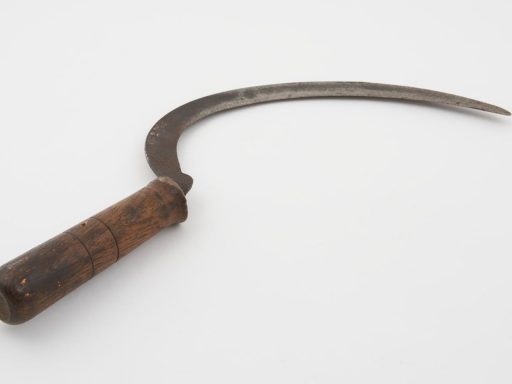
As a new display featuring a model of a red blood cell showing abnormalities goes on display in Medicine: The Wellcome Galleries, research fellow Shelley Angelie Saggar explores how Thalassemia has been perceived culturally throughout history.

As a new display featuring a model of a red blood cell showing abnormalities goes on display in Medicine: The Wellcome Galleries, research fellow Shelley Angelie Saggar explores how Thalassemia has been perceived culturally throughout history.
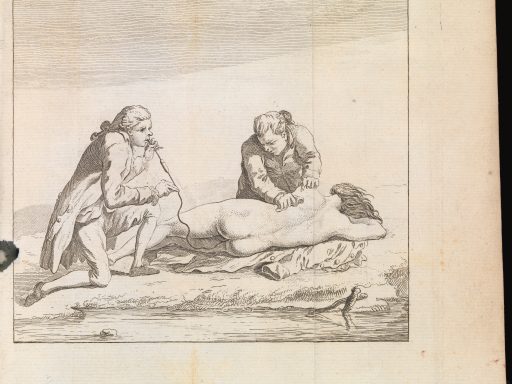
Medicine curator, Isabelle Lawrence, uncovers the history of the first aid kit and discovers how tobacco was once used in attempts to save lives.
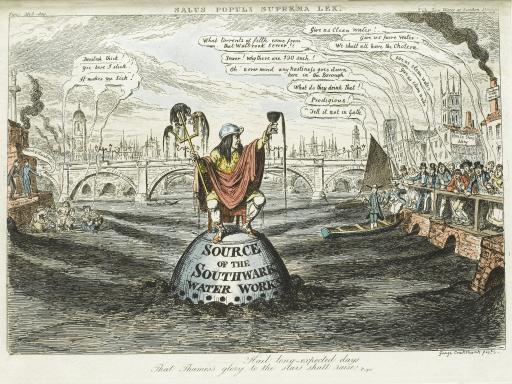
On 28 March 1819, Joseph William Bazalgette was born, known for transforming London’s sewage system and improving the health of Victorian Londoners.
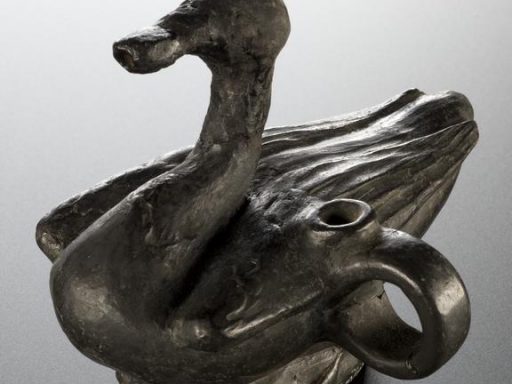
To celebrate Valentine’s day, Assistant Curator Emma MacNicol shares objects from our collection that relate to love (and the consequences of love).
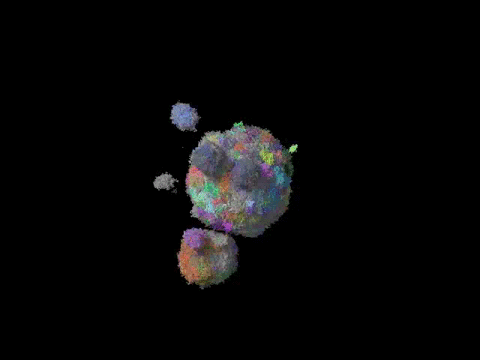
Roger Highfield explores how scientists are using computer modelling to better understand the evolution of cancerous tumours.
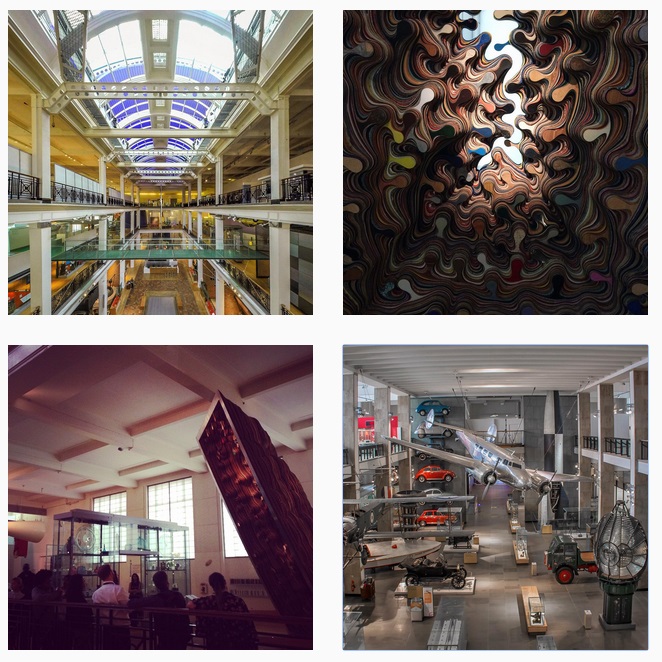
Will Stanley blogs on how ten London museums are collaborating on an exciting new Instagram project.
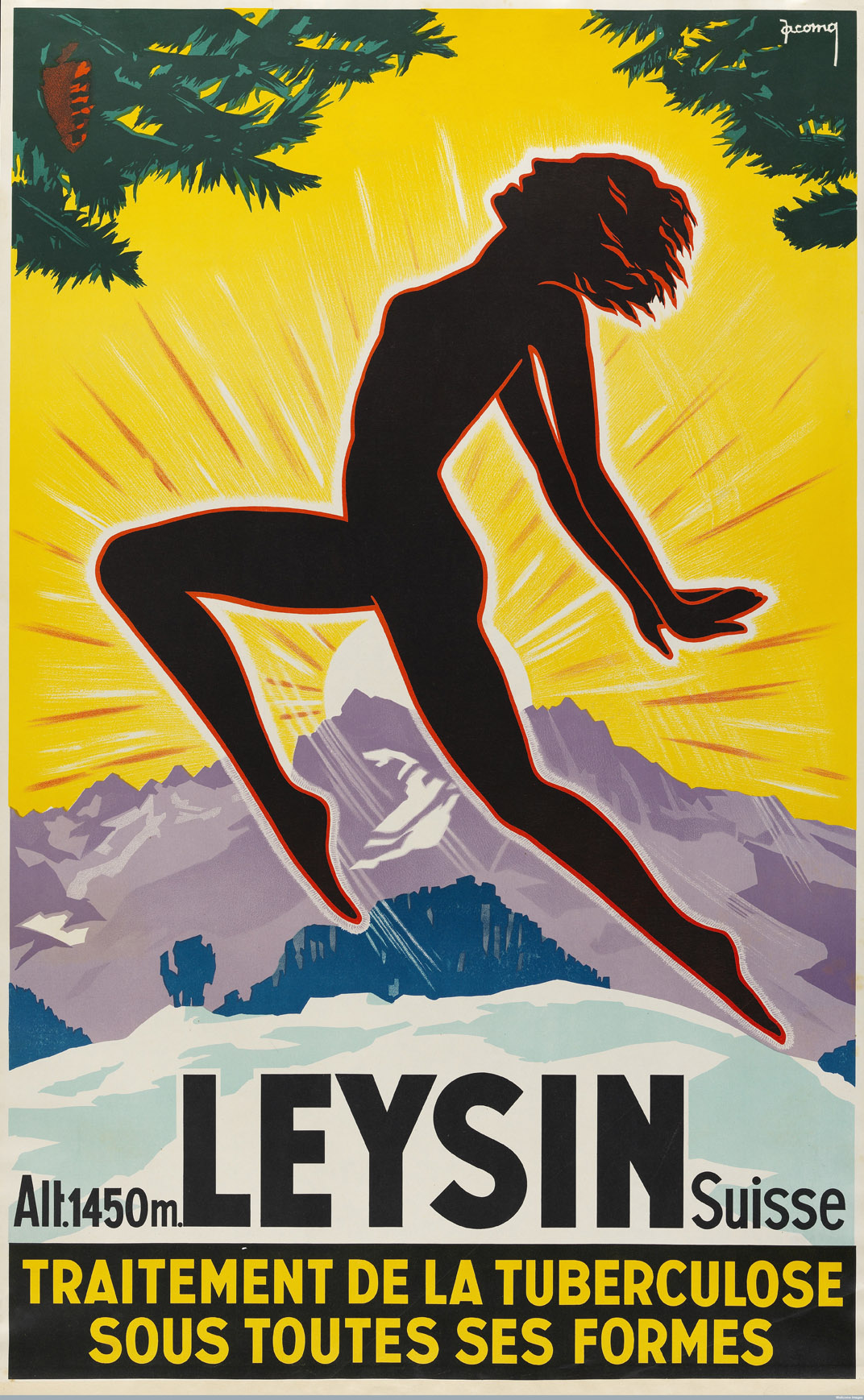
Jack Mitchell, the Science Museum’s Assistant Curator of Medicine, takes his cue from the summertime and explores the Sun’s great influence in the history of medicine.
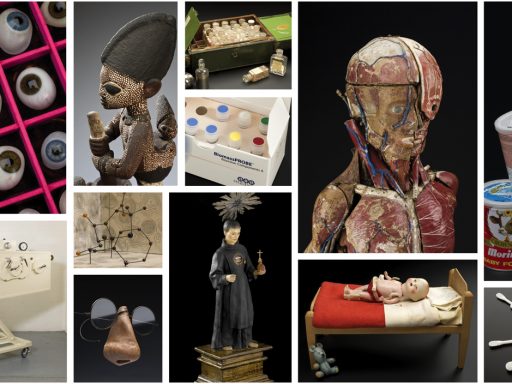
Curator Emily Scott-Dearing reflects a new era for medicine at the Science Museum.
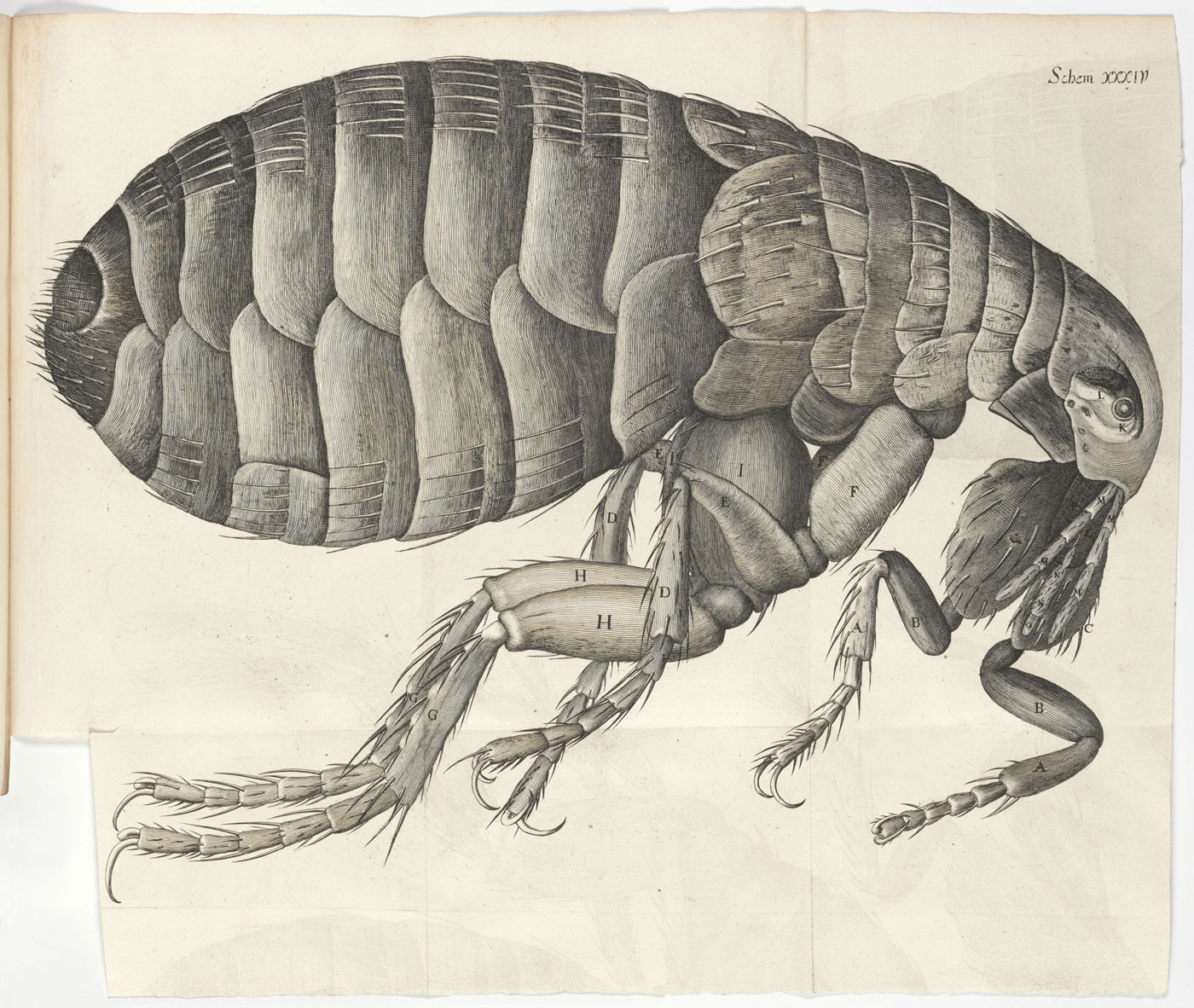
Jane Desborough, Associate Curator of Science explores our collection of Robert Hooke microscopes as we celebrate 350 years since the publication of a truly remarkable book.
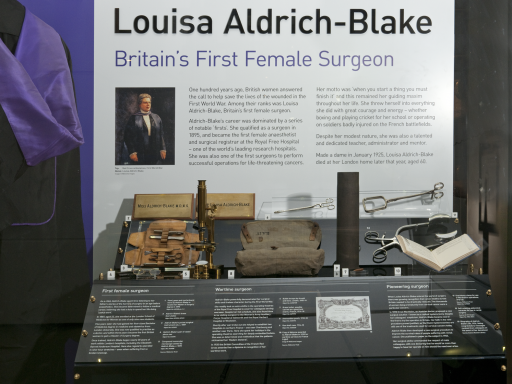
Curator Helen Peavitt and Stephanie Millard uncover the life of Dame Louisa Aldrich-Blake, Britain’s first female surgeon.
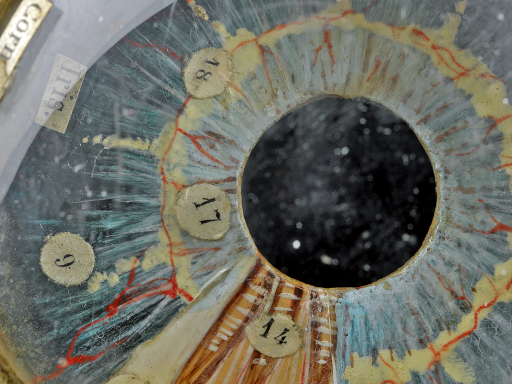
Content Coordinator Ulrika Danielsson goes behind the scenes to explore our medical collections.
From Keith Richards to Jordan, books about people’s lives fly off the shelves. But what if they looked like this….? Created from the Human Genome Project, these replica books (a printed version can be seen at the Wellcome Collection) show the sequence of 3 billion bases of DNA contained within a human cell. Who did […]